The seas around Lundy were designated Britain’s first Marine Nature Reserve in 1986 because of the wealth of marine life found in the clear, unpolluted waters. Therefore, the island offers many opportunities to enjoy rare and endemic species you won’t get the chance to see anywhere else.
So when we arrived at Lundy Island and checked in at the Tavern restaurant, we saw snorkelling safari scheduled at The Tavern for the following Tuesday, we signed up for it immediately. The instructor strongly told us there was no guarantee that the safari would go ahead; the weather conditions have made the activity impossible to undertake for the previous five weeks. Up until the night before, the strong easterly winds suggested it may be cancelled. “Although, as the weather is so changeable in Lundy, there may still be a chance that it could go ahead. We will come and tell you if it does”. She said.
Although I was originally keen, having walked thirteen hours the previous day, the idea of snorkelling being cancelled I was also Ok with. I wasn’t that lucky. On Tuesday morning, the instructor came knocking at our door at 8.00 am, she was excited that she could at last take someone out snorkelling after postponing it for so many weeks. We only had 30 minutes to get ready! I couldn’t move. The idea of getting into the cold Atlantic waters at 9.00 am was the last thing I wanted to do. It seemed such a bad idea now, having seemed so good before!
Incredibly grumpy ![]() , I got out of bed, had a quick coffee and followed Gary who was extremely enthusiastic. How could he have such a good mood in the morning, I hated him at that moment!.We got to the diving house fifteen minutes late. I couldn’t walk any faster. It may be that I was reluctant to get into the freezing water. We decided to use their wetsuits, they were a bit thicker and may just keep us a bit warmer, it also meant we would not need to dry ours out. They also gave us a wetsuit balaclavas for the head to keep it warm. We carefully scrambled over some slippery rocks to where we would start.
, I got out of bed, had a quick coffee and followed Gary who was extremely enthusiastic. How could he have such a good mood in the morning, I hated him at that moment!.We got to the diving house fifteen minutes late. I couldn’t walk any faster. It may be that I was reluctant to get into the freezing water. We decided to use their wetsuits, they were a bit thicker and may just keep us a bit warmer, it also meant we would not need to dry ours out. They also gave us a wetsuit balaclavas for the head to keep it warm. We carefully scrambled over some slippery rocks to where we would start.
We were in a small pebble cove next to the jetty, the tide was going out. The instructor told us what to do. Her assistant was on the side of the jetty to help if anything went wrong. Gary then found out the strap on his mask had broken, so she quickly went to get him a spare. Wearing our flippers, we reversed tentatively back into the water. The water was surprisingly warm ![]() . This and the awesome views of the marine life as soon as I put my head under the clear water changed my mood instantaneously. How could I have been so reluctant to start with! The marine world is awesome, mysterious and, therefore, incredibly beautiful.
. This and the awesome views of the marine life as soon as I put my head under the clear water changed my mood instantaneously. How could I have been so reluctant to start with! The marine world is awesome, mysterious and, therefore, incredibly beautiful.
We don’t have an underwater camera so we can’t insert any photos here, we are now on the lookout for either a cheap digital, or a disposable underwater camera! . We saw many hand-size jelly-fish pulsating up and down in the water; baby fish such as pollack and mackerel; crabs, crawling rapidly into the cracks of the rocks.
We also saw an spiny starfish. Noticing our excitement, the instructor dived to the bottom to pick it up. She placed it on top of my hand. The instructor explained a few curiosities about the animal. The echinoderm is a species with five legs and if it losses one of its tentacles, the tentacle grows into another starfish, it is therefore asexual.It stood up on its legs, on the instructor’s hand like in a parachute, protecting itself.
We continued happily our snorkelling safari when suddenly, I looked ahead and I saw a seal approaching us slowly, flapping its tail. I was amazed of our luck. Seeing a seal swimming under the water is not something that happens every day. I floated there quietly, waiting to see what he would do. Our instructor had also seen the seal and noticed his behaviour. Apparently, the flapping tail is a sign that the seal is uncomfortable about us being in the water. Maybe he wanted to get out of the water to relax on the rocks. We were in his way or, simply, he just didn’t want us around.
Respecting his space, we got of the water; we didn’t want to mess around with a 300 kg seal, six times my size. Besides, we were in his environment. Interestingly, he followed us all the way out, snorting water out of his nose. He didn’t disappear until we took our flippers off. It almost seemed he wanted to make sure we got the message. Our snorkelling safari had ended because of him, although only five minutes early.
It was still low tide and we were close to Devil’s kitchen, the best place for seashore spotting in Lundy. So we dressed up, took my seashore book out, which I always carry with me for when opportunities like this arrive, and went to look for sea life on the rocks. These are the most interesting creatures we saw:
Common Limpets – although this time, we didn’t disturb them like in Tintagel
A Strawberry Anemone – you can well guess that it deserves its name because of its distinctive “strawberry” markings on its stem. This species of anemone always hangs downwards, making it difficult to get a good view of the fully expanded animal.
However, I was enable to catch another one by surprise. Beautiful, eh?
A Beadlet Anemone, by far the commonest sea anemone on rocky shores throughout Europe. Caught it having its breakfast, eating a small crab, which was still alive.
I think this may be a common whelk. I photographed because I very rarely see a white one on the British shores.
A jelly button, an algae, pretty disgusting eh
A crab, angry at Gary, and trying to grab his walking pole
I am not sure but it may be a Snakelock Anemone, a common anemone on most rocky shores and occurs in rock pools fairly high on the shore.
The same anemone as above, this time out of the water. Anemones tend to hide their tentacles when not in the water.
Another type of anemone, which I couldn’t identify. It may be simply an strawberry anemone positioned slightly different.
Common Acorn Barnacles, very common species, found on all European coasts, often occurs in countless millions on low rocky shores.
These provide very good grip when walking across the rocks, thanks!
Here is our snorkelling route
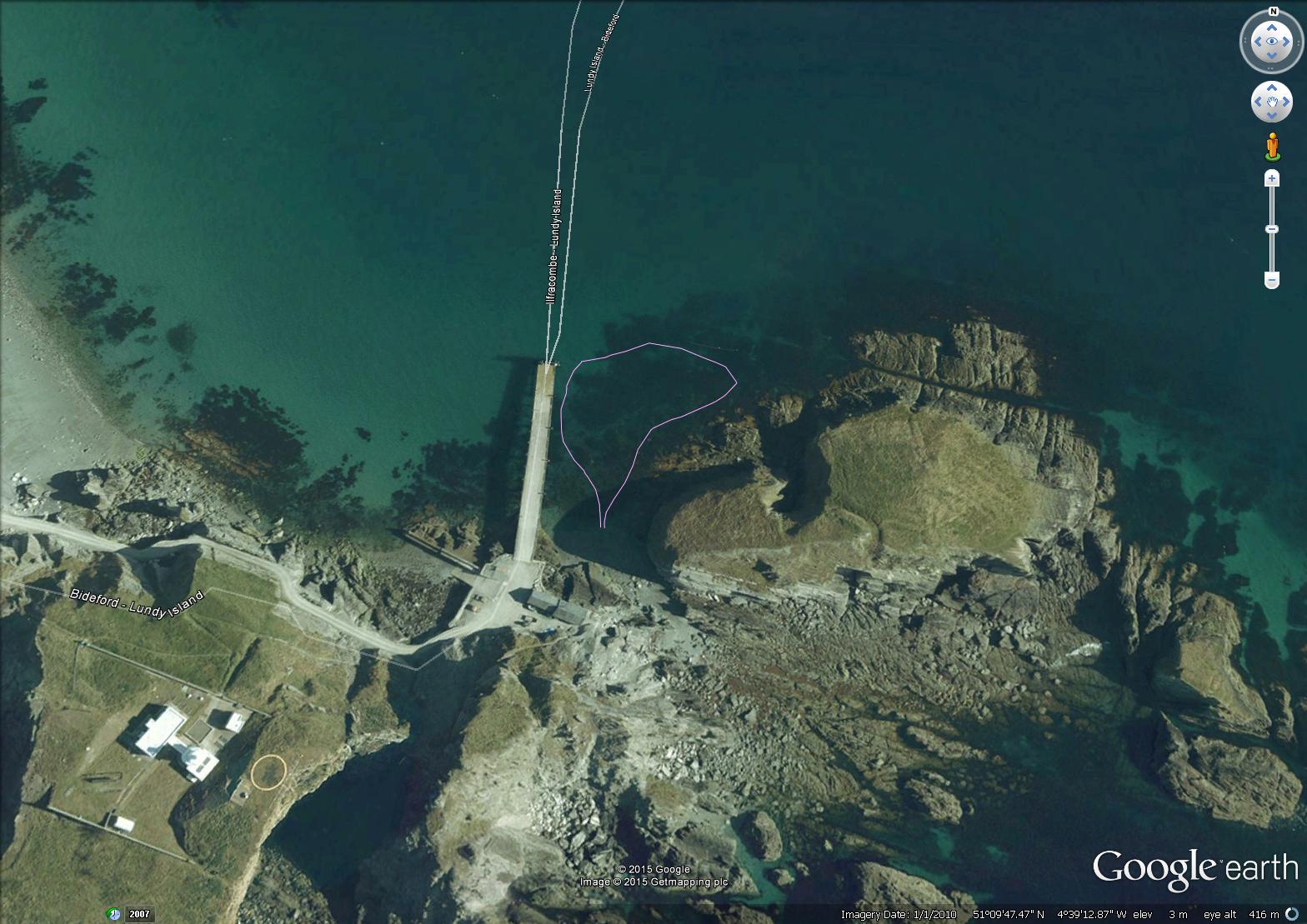
I hope you enjoyed seashore life spotting. We will continue to show you more, new, rare species that we will find throughout Europe.
SM & GDR

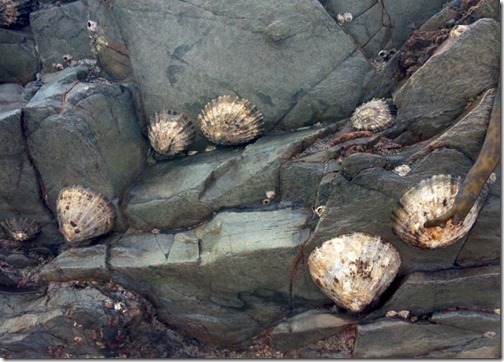
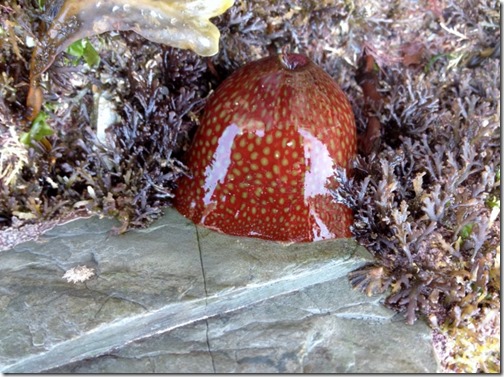
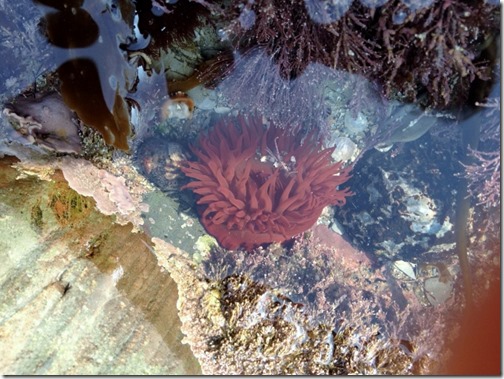
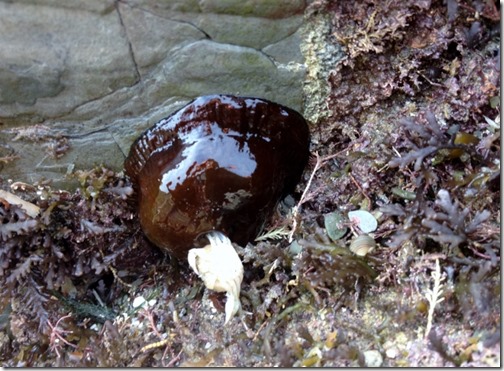
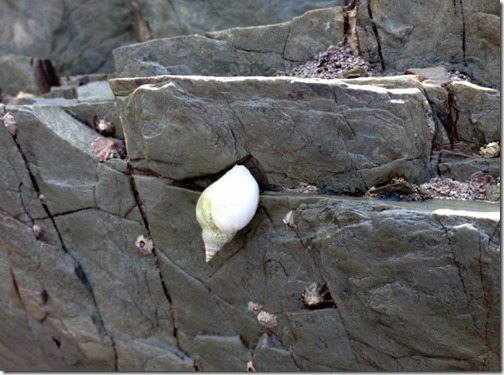
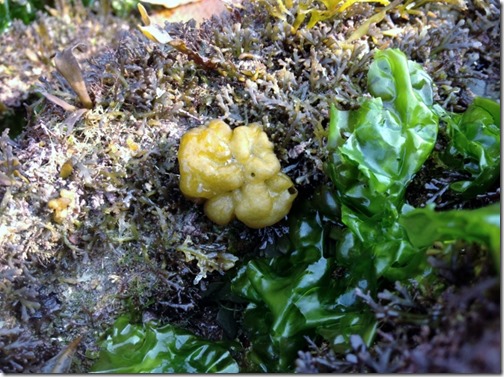
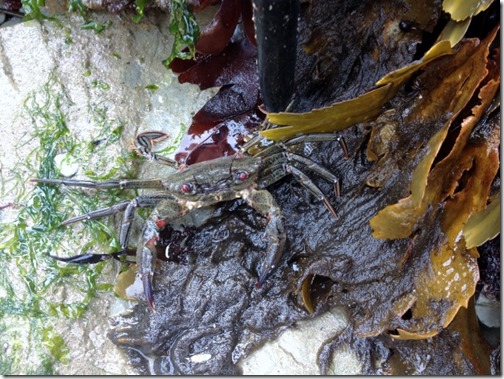
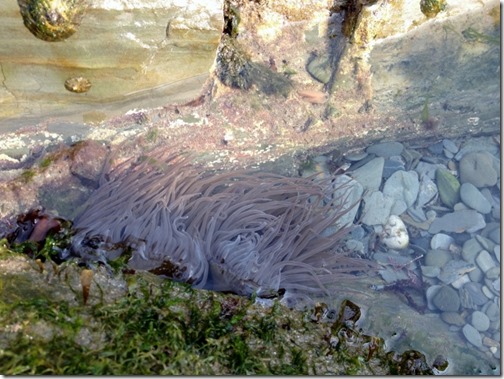
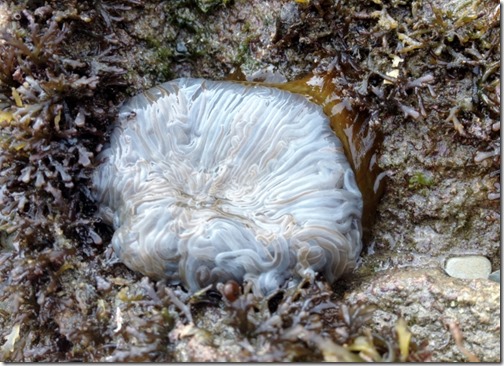
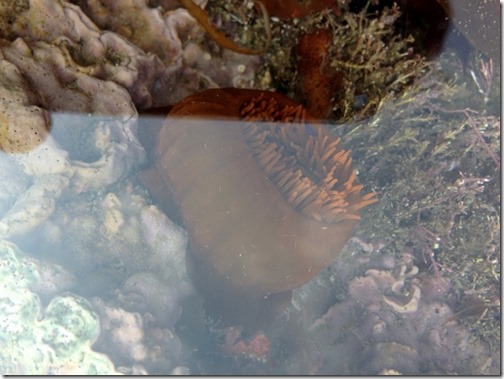
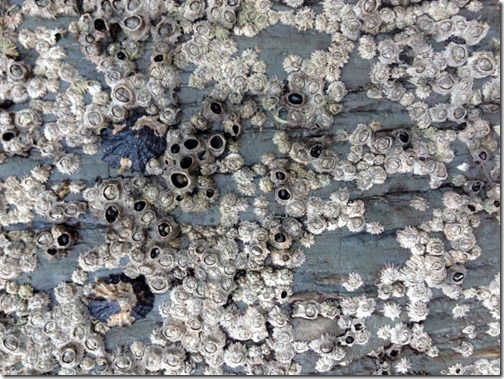






I understand you very well… have good mood early morning is a lack of respect to you 🙂
Amazing creatures!! It´s a pity you haven´t got an aquatic camera, you should have included it in your budget
But lets face it, sense prevailed, we got her in the water and she enjoyed it. I am working on the camera, wanted to get a hero before we left but the accountant wouldn’t let me, Now she likes the shorelife she sees the benefit!
GDR
Excitante y espectacular la vida marina.
Hubo suerte de poder bucear, pero el agua……. Heladaaaaaaa.
El cangrejo no tenia cara de muchos amigos.